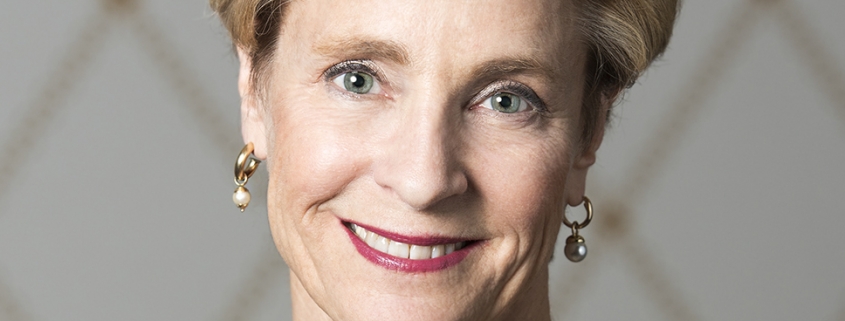Some tips for using money and experience wisely traveling abroad – National Consumers League
 I just returned from a weeklong tour of Morocco. While on the plane I overheard two women who appeared to be veteran travelers discussing currency exchange. One told the other she gets $100 of the local currency from her bank before leaving town. I cringed. Banks charge hefty fees and lousy exchange rates even though they tell you they don’t. I stopped doing that years ago when ATM machines sprung up in airports all across the world.
I just returned from a weeklong tour of Morocco. While on the plane I overheard two women who appeared to be veteran travelers discussing currency exchange. One told the other she gets $100 of the local currency from her bank before leaving town. I cringed. Banks charge hefty fees and lousy exchange rates even though they tell you they don’t. I stopped doing that years ago when ATM machines sprung up in airports all across the world.
Sure, having a wad of local cash brings peace of mind. And naturally, you’re always worried the foreign ATM machine will eat your card and then—boom—you’re out of cash for the entire trip. But relax! That’s never happened to me. I’ve traveled the world in the last few years and in cities as diverse as Cape Town, Santiago, Buenos Aires, Ho Chi Min City, Beijing, Tokyo, Athens, and Casablanca, and ATM machines at the airports abound and they work great. (Cuba is the only exception; you have to exchange currency in official government outlets). I just make sure they have a logo and name of a local bank, then I stick that card in and voila! get the best rate of exchange.
How do I know? Because I have an App called CurrencyPlus that I use to test the rate. ATMs are close to the exact exchange rate. I often compare ATMs with those ripoff currency counters you see at airports. They gouge fees from you—sometimes 20 percent—while advertising “no commission.” Don’t believe it!
By the way, make sure your bank doesn’t charge you for ATM transactions. It shouldn’t! Mine (PNC Bank) has no ATM fees in the United States or abroad, and that brings huge peace of mind.
Once on terra firma, using credit cards also gets you a good rate of exchange when you are buying stuff. (But make sure you’re not in debt to your credit card company and paying 27 percent interest on outstanding balances!) And don’t pay foreign transaction fees on your credit card. None of my cards have those anymore, but boy did they make me mad when they did. Those charges added up: if I spent $1,000 traveling, that was $30-40 extra just for using my card! Such chutzpah! And I felt compelled to carry a card abroad I never used at home, like Capital One, that didn’t charge for foreign transactions. Fortunately, because of healthy competition in this part of the industry, my Amex and Visa cards no longer have foreign transaction fees.
Another piece of advice while traveling. Don’t buy keepsakes (rugs, jewelry, potter, clothes, lotions, spices) your first few days into the trip. Take your time to compare the prices and merchandise. On our first day in Morocco the guide took us to a beautiful rug merchant in the Fez Souk; they had beautiful stuff but also hugely inflated rates we didn’t understand. While my friend was negotiating for a rug she fell in love with, I decided to Google the place on Trip Advisor. I learned that tourists bargained in some cases $2,000 less than asking for a $3,400 rug; they did even better when they walked away. It’s the same everywhere—almost no offer is insulting. Three days later we went to a village in the Atlas Mountains outside Marrakesh, and I bought a Berber kilim made by local women. It was a fraction of the Fez Souk’s asking price and still I overpaid. But I was much better informed and knew what I was doing. One funny reality check: on my last day in Casablanca, I ventured into a supermarket and saw every one of the items we had shopped for in the Souk or in the mountains for 1/10 of the price. Pottery, rugs, lotions, oils, spices, clothing. I can’t speak to the quality of those items, but I suspect some were pretty similar to the stuff we bought for far more money. So if you want trinkets to bring home to friends, try the local supermarket where the locals shop. They know what they are doing.













